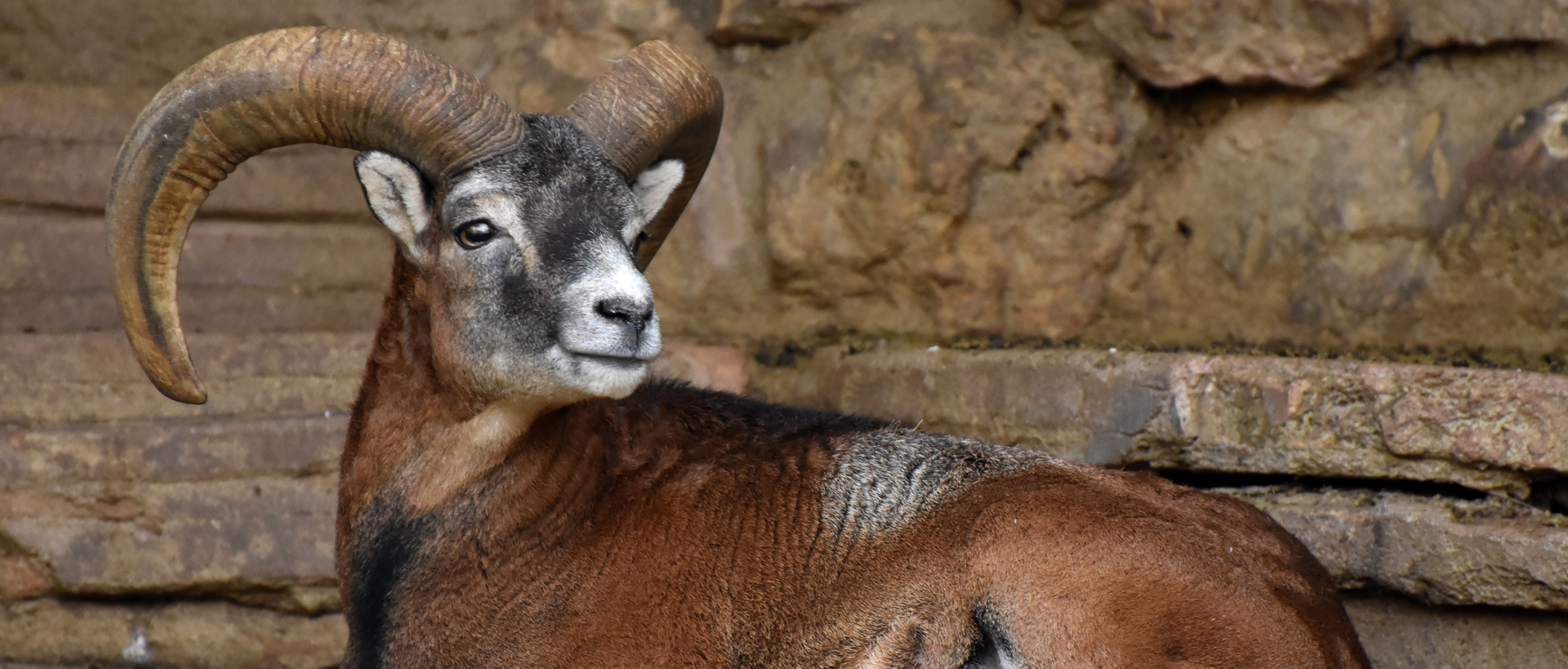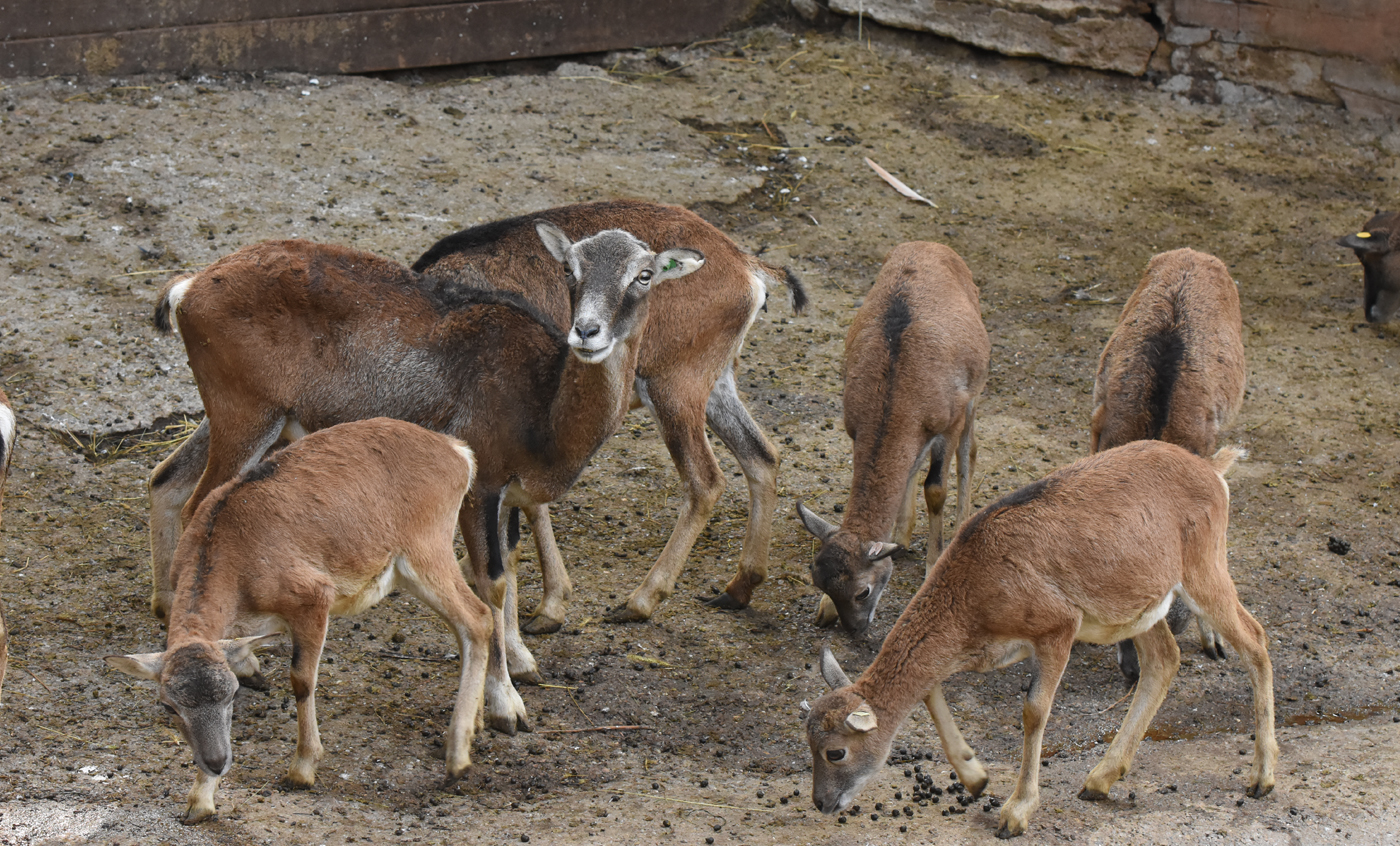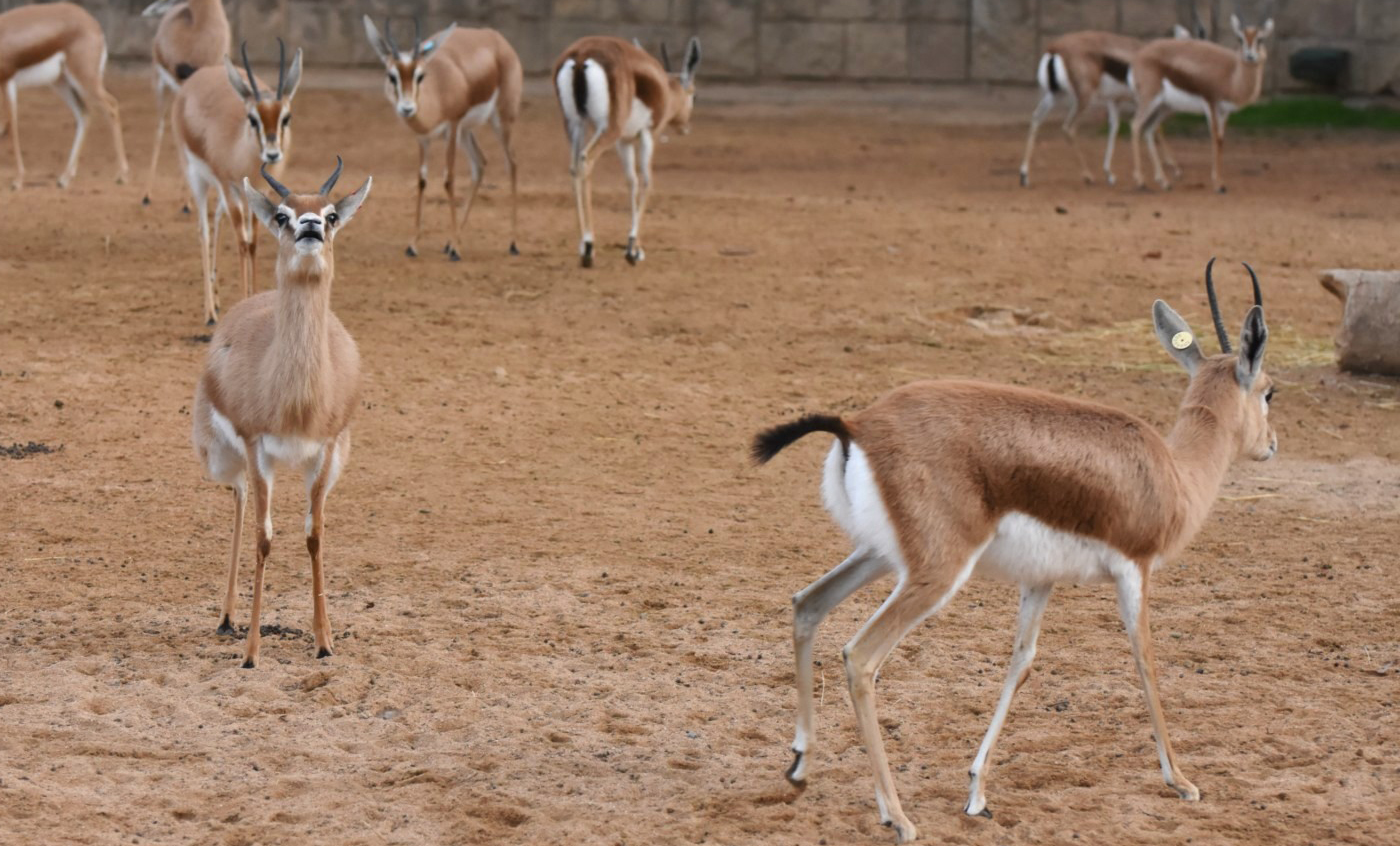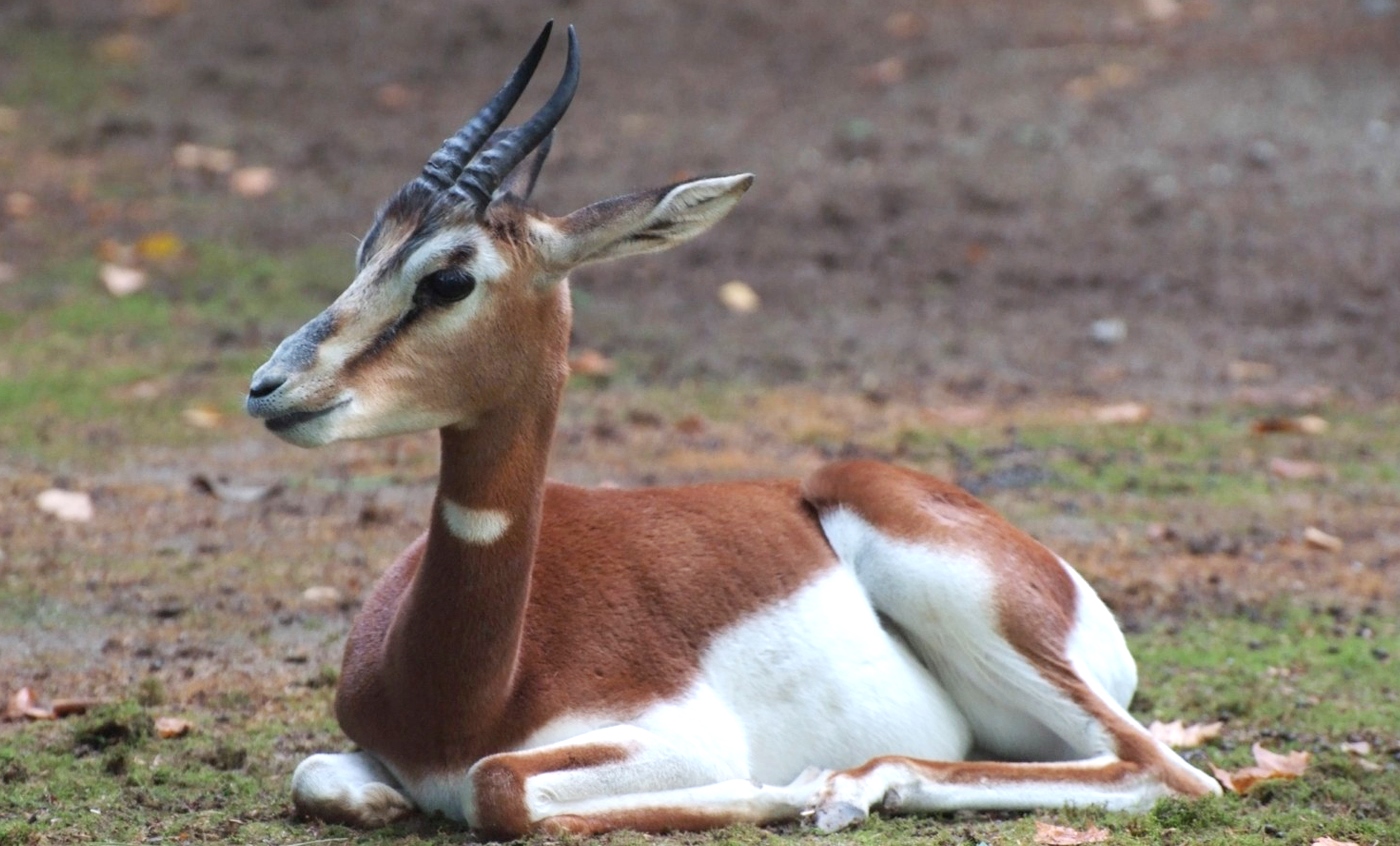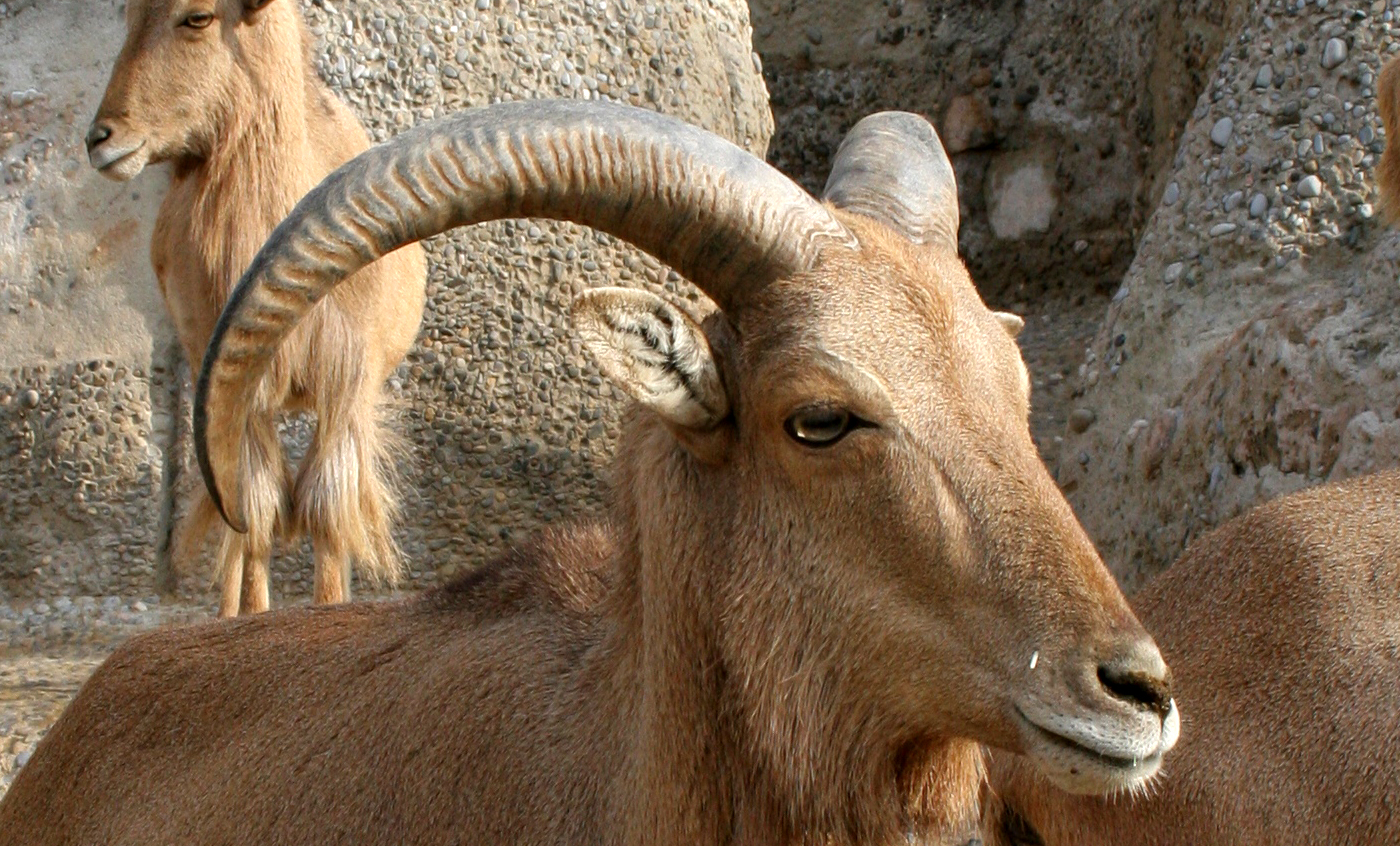Mouflon
The European mouflon, which has given rise to several breeds of domestic sheep, prefers to live in dry, open spaces but always near woodland. The males are characterised by large, spiral horns, while the females have none or only very small ones.
In prehistoric times, they were found all over the Mediterranean region, but over-hunting led to its disappearance from the mainland and it only survived on some islands. Nowadays, it has been successfully reintroduced into many countries in Europe.
Natural habit
Corsica, Sardinia and Cyprus. Reintroduced to Spain, in Catalonia, and to other countries in Europe and the rest of the world.
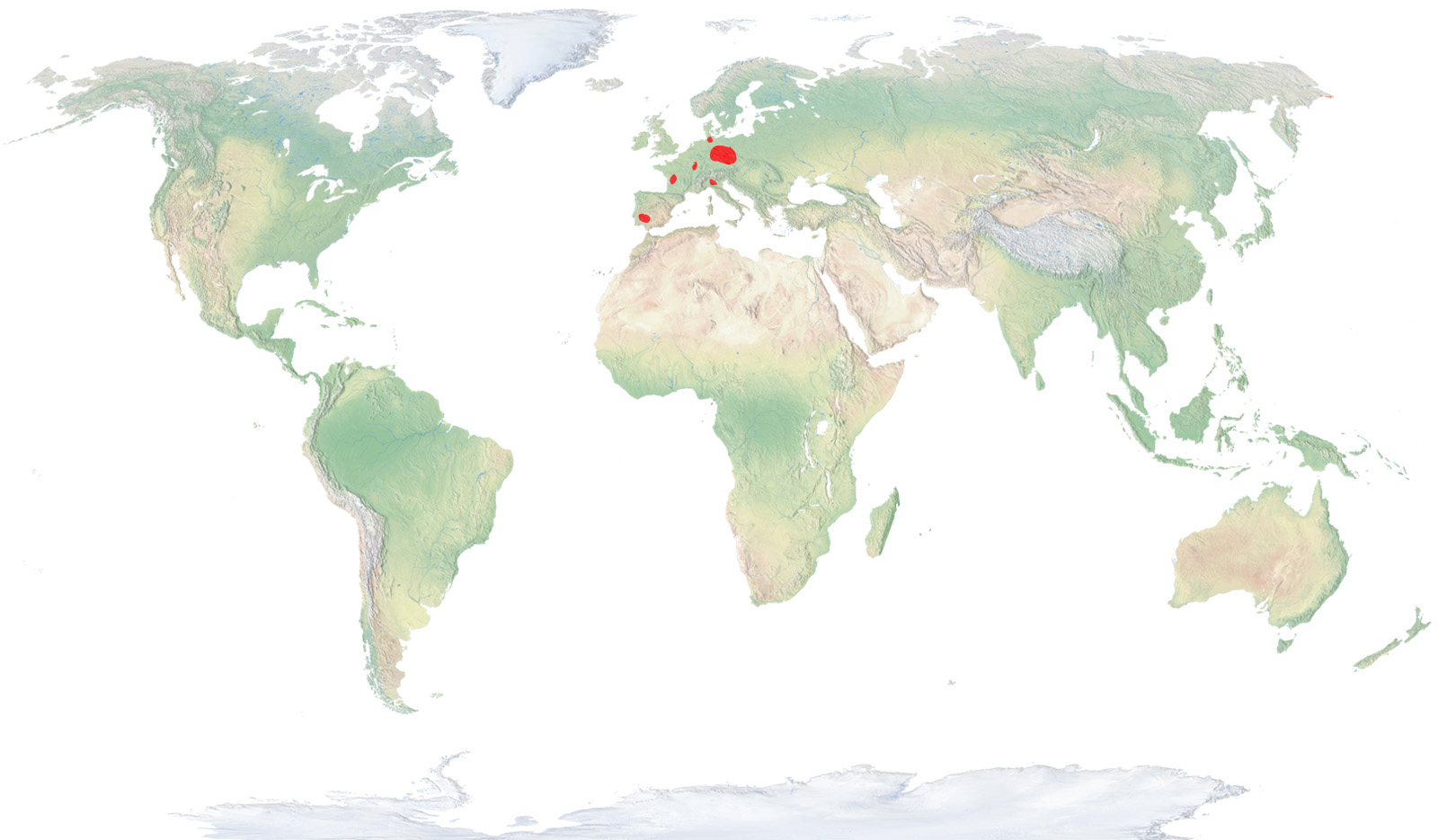
- Distribution / Resident
- Breeding
- Wintering
- Subspecies
Risk level
- Extint
- Extint in the wild
- Critically endangered
- In Danger
- Vulnerable
- Near threatened
- Minor concern
- Insufficient data
- Not evaluated
Taxonomy
Physical characteristics
Biology
Reproduction
Biology
It resembles a domestic sheep, with proportionally longer legs and neck. Its wool is much shorter and has a dark brown colour, while its snout, lower half of the legs and belly are white. Males are bigger and robust than females and have big horns curved backwards; some females are polled, while others have very small horns. In winter, males develop white spots on the sides, that females lack.
The natural habitat of mouflons is open mountain areas, preferably hilly terrains -dry and hard, not far from forests- which are not fully covered with snow during winter.
Its diet is herbivore, as it feeds on grass, leaves and tender sprouts, as well as bark, mushrooms, moss and lichens.
Gestation lasts for about five months and a single calf is born each time, sometimes two. During the mating season males fight fiercely for females, and the impacts can be heard from a long distance.
It is basically a diurnal animal; during winter it feeds from early morning to dusk, while at summer it is active mainly during early hours of morning and night. It is a gregarious species that during winter gathers in mixed herds. Upon the arrival of spring, males separate and remain isolated or form small groups.
Its main natural predators are wolves, although lynxes and eagles sometimes capture young lambs.
During prehistory it inhabited along all the Mediterranean area, but overhunting caused its disappearance, and only small populations survived in the islands of Corsica, Sardinia and Cyprus. It has been currently reintroduced in many European locations, such as Germany, France, Italy or Czech Republic. In Catalonia it can be found in places like the Tortosa and Beseit passes or in the National Hunting Reserve of Freser-Setcases, in Ripollès



